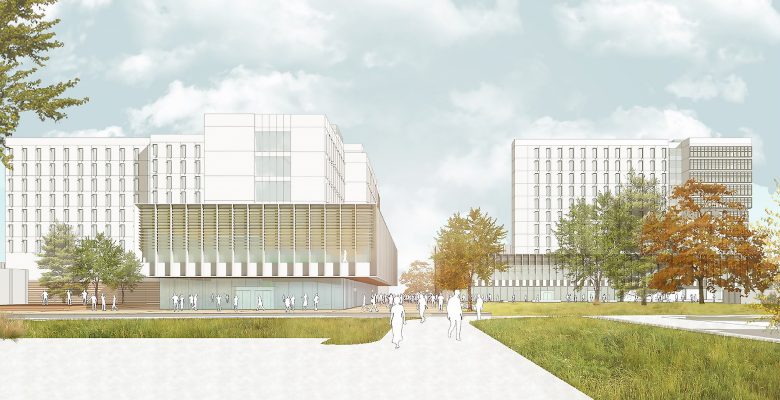Parametric analysis is an important method for design exploration in architectural practice. However, architects do not take full advantage of its capabilities because they lack systematic methods for rigorous implementation. Design Space Construction (DSC) is a parametric analysis framework aimed at making multidisciplinary design exploration more methodical. This article discusses three case studies that have undertaken DSC for performance-driven building design. The reviewed projects involve massing and envelope configuration and construction decisions for a high school academic building, a high-rise commercial-residential development, and a university students’ residence, all located in British Columbia, Canada. The article describes the processes used in executing DSC, the types of questions it helped answer, and the conclusions that the design teams drew from the process. We compare these outcomes to more typical simulation approaches used in practice. The article concludes with a discussion of the perceived benefits of DSC and the challenges faced constructing and exploring the design spaces.
This article originally appeared in Vol 10.02 of the Perkins+Will Research Journal. CLICK HERE to see the whole article.

